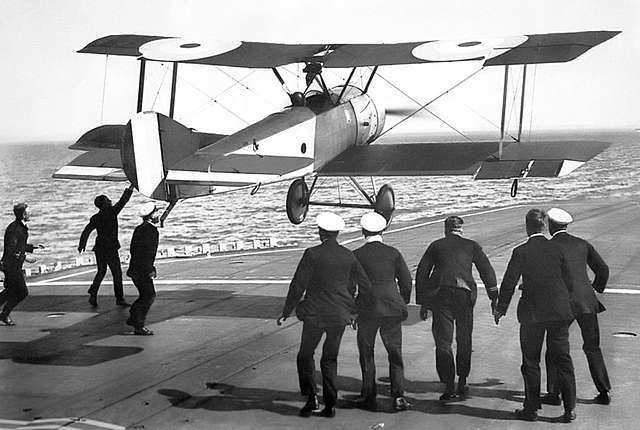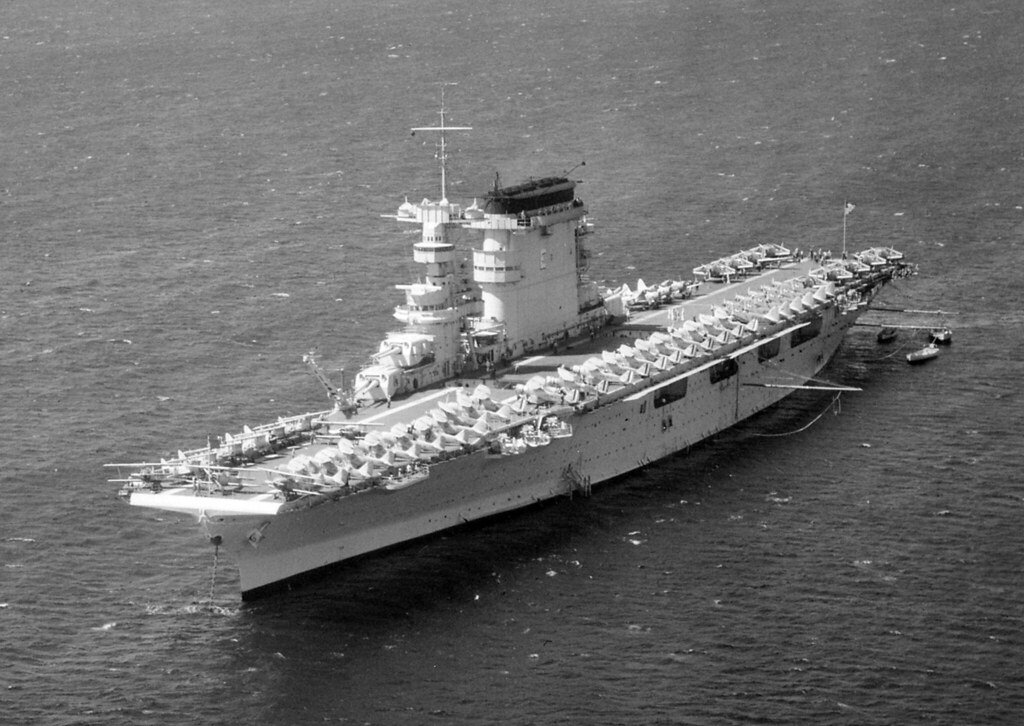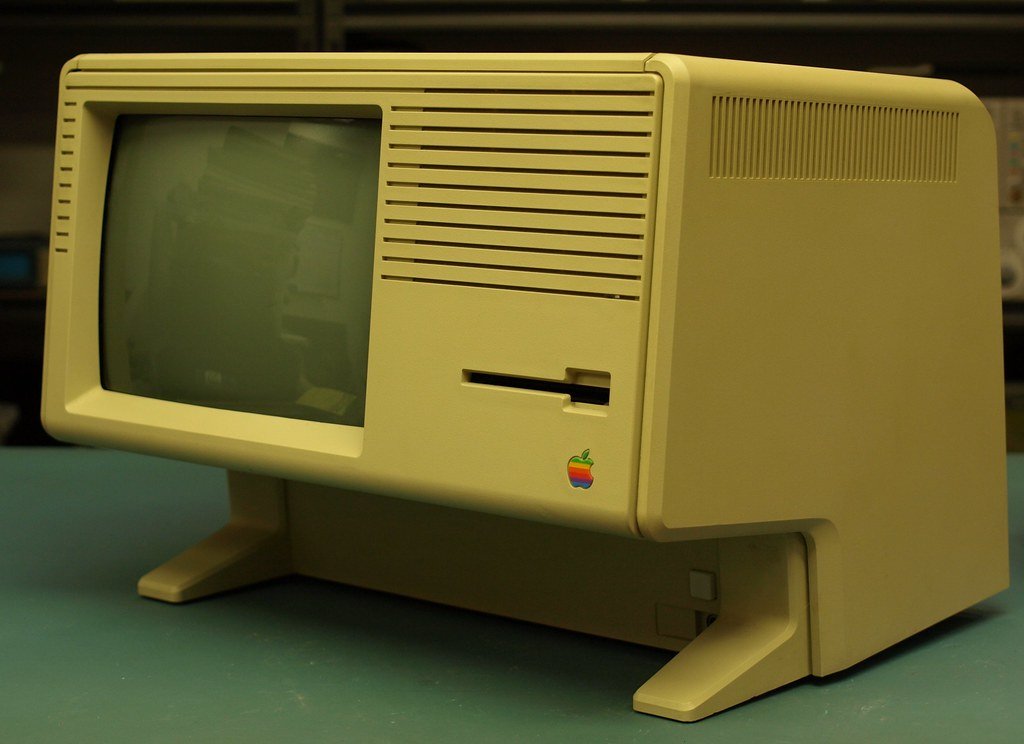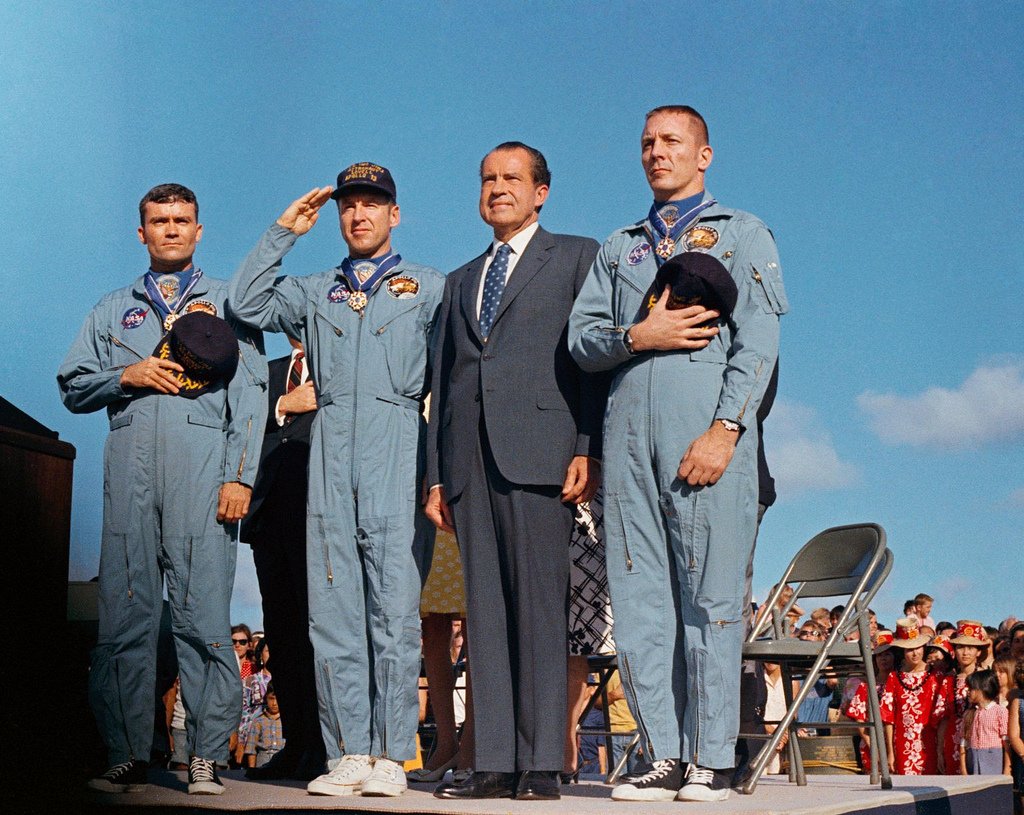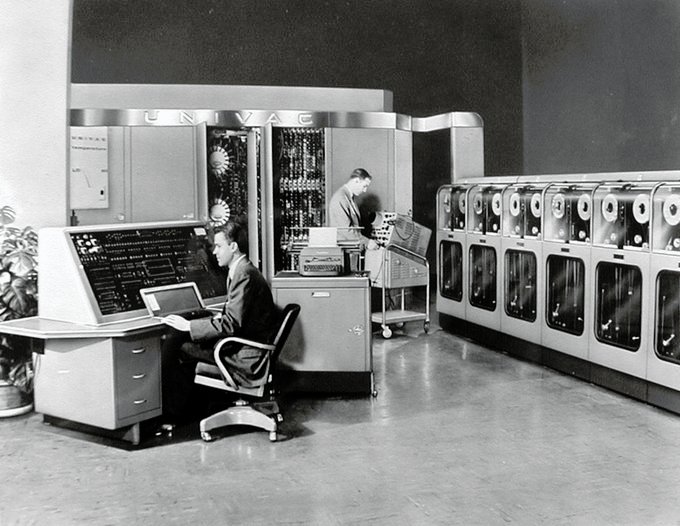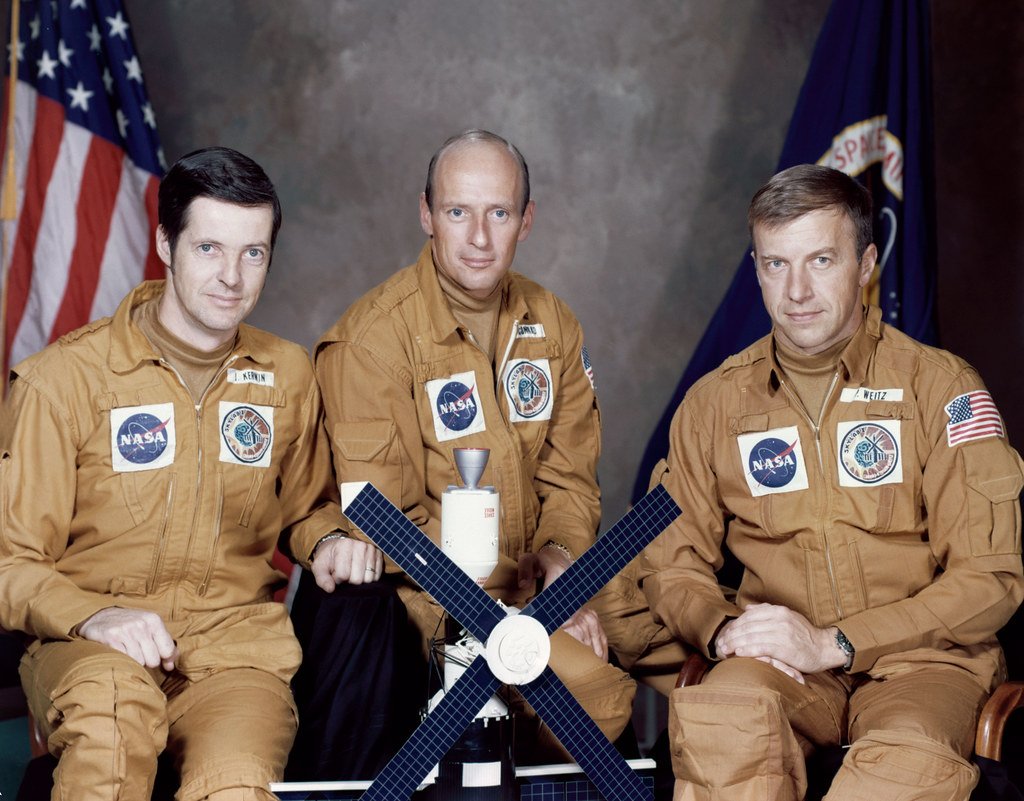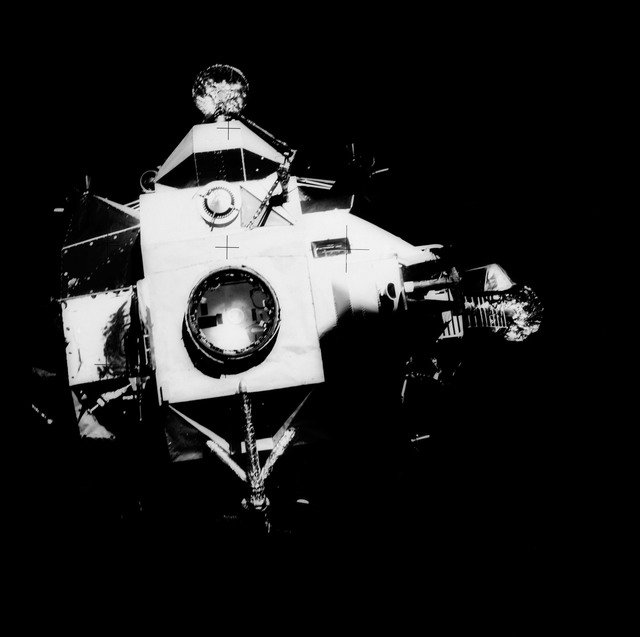The Space Race, an iconic chapter in human exploration history, unfolded against the Cold War between the United States (US) and the Soviet Union (USSR). It was a high-stakes competition, a captivating saga of scientific ambition, political rivalry, and national prestige that gripped the world’s attention from the late 1950s to the early 1970s. At its core, the Space Race represented the quest for supremacy in outer space between two superpowers locked in an ideological and geopolitical struggle.
The Cold War, a prolonged standoff between the US and the USSR, marked an era of intense distrust and competition. As the world watched anxiously, the United States and the Soviet Union channeled their resources, expertise, and imagination into exploring the cosmos. The launch of Sputnik 1 by the USSR in 1957 sent shockwaves globally, inaugurating the Space Race as the two nations vied to conquer the final frontier.
This race extended beyond mere technological achievements; it was a testament to the ideological and political battle between capitalism and communism. Every milestone, from Yuri Gagarin’s historic orbit of the Earth to Neil Armstrong’s first steps on the Moon, carried profound symbolism. The US and USSR utilized space exploration to showcase their scientific prowess and reinforce their respective governance systems.
Table of Contents
Why did the USA and the USSR want to win the space race?
The USA and USSR had compelling motivations to win the Space Race during the Cold War era. Firstly, it was a matter of ideological and political prestige. The Cold War was a global struggle between capitalism and communism, and each superpower sought to demonstrate the superiority of its respective political and economic system. Winning the Space Race was a way to showcase the strength and vitality of their ideologies to the rest of the world.

Secondly, there were military implications. Both nations recognized the potential for space to be used for military purposes, such as satellite-based communication, reconnaissance, and missile delivery systems. Control over space assets was seen as strategically advantageous.
Moreover, there were scientific and technological benefits. Advancements made during the Space Race had applications beyond space exploration, driving progress in computer technology, materials science, and telecommunications. Winning meant gaining a technological edge that could translate into economic and military advantages.
The desire to win the Space Race was rooted in ideological rivalry, military considerations, and the pursuit of scientific and technological leadership, all crucial elements of the broader Cold War competition.
When did the space race start and end?
The Space Race commenced in the late 1950s and concluded in the early 1970s. It officially began on October 4, 1957, when the Soviet Union launched Sputnik 1, the world’s first artificial satellite, into orbit. This historic event marked the start of the race between the United States (US) and the Soviet Union (USSR) to achieve significant milestones in space exploration.
The Space Race reached its zenith with the Apollo program’s successful moon landing by the US on July 20, 1969, during the Apollo 11 mission. Neil Armstrong and Buzz Aldrin became the first humans to set foot on the lunar surface. Subsequent Apollo missions continued until Apollo 17 in December 1972, marking the end of the US lunar exploration efforts.
While the US achieved the lunar landing, the Space Race continued briefly afterward, with both nations conducting additional space missions. However, the rivalry gradually transformed into collaboration, symbolized by the Apollo-Soyuz Test Project in 1975, which marked the formal end of the intense competition, giving way to joint space endeavors and the eventual era of international space cooperation.
Why did Russia lose the space race?
Russia, as part of the Soviet Union, made significant achievements in the early years of the Space Race, such as launching the first artificial satellite, Sputnik, and sending the first human, Yuri Gagarin, into space. However, several factors contributed to the perception that Russia “lost” the Space Race to the United States:
Lunar Landing
The United States achieved the monumental feat of landing astronauts on the Moon in 1969 with Apollo 11, while the Soviet Union’s efforts to land cosmonauts on the Moon, like the N1-L3 program, faced numerous technical setbacks and never succeeded.
Budgetary Constraints
The Soviet space program faced budgetary limitations and lacked the sustained funding the American Apollo program received.
Technological Challenges
The Soviet space program faced technical challenges, including issues with the N1 rocket and lunar lander design, which hindered their lunar ambitions.
Political Factors
The political climate in the USSR prioritized military and defense spending over space exploration during various periods.
Coordination and Communication
The secretive nature of the Soviet system led to inefficiencies in coordinating efforts, while the United States had a more transparent and collaborative approach.
While the United States achieved the historic Moon landing, it’s important to note that the Space Race was not just about lunar exploration. The Soviet Union achieved significant space milestones and contributed to space science and technology. It was a competition of different approaches and priorities rather than a simple win-or-loss scenario.
The US-USSR Space Race
The space race was a period of intense competition and rivalry between the United States (US) and the Soviet Union (USSR) during the Cold War era, primarily from the late 1950s to the early 1970s. It was a race to achieve significant milestones in space exploration, with both superpowers striving to demonstrate their technological and ideological superiority.

Key milestones and events in the space race included:
Launch of Sputnik 1 (1957)
On October 4, 1957, the world witnessed a historic moment that would forever alter the course of human history and usher in the Space Age. On this fateful day, the Soviet Union, under the leadership of the visionary scientist Sergei Korolev, launched Sputnik 1, the first artificial satellite, into Earth’s orbit. This unassuming spherical satellite, measuring just 58 centimeters in diameter and weighing approximately 83 kilograms, carried the dreams and aspirations of an entire nation.
The launch of Sputnik 1 was a triumph of science, engineering, and sheer determination. It transmitted a simple radio signal, a steady beeping sound, back to Earth, marking the first time humanity had achieved the incredible feat of placing an object into orbit. This event not only demonstrated the technological prowess of the Soviet Union but also ignited a frenzied international competition known as the Space Race, where the United States and the USSR would vie for supremacy in the cosmos.
Sputnik 1’s beeping signal resonated across the globe, symbolizing the dawn of a new era in which the boundaries of human exploration extended beyond Earth’s atmosphere. It was a momentous step that would eventually lead to lunar landings, space stations, planetary exploration, and a profound transformation in our understanding of the universe.
Yuri Gagarin’s First Manned Spaceflight (1961)
On April 12, 1961, the world held its collective breath as Soviet cosmonaut Yuri Gagarin embarked on a historic journey aboard the Vostok 1 spacecraft, becoming the first human to travel into space and successfully orbit the Earth. This milestone marked an unparalleled propaganda triumph for the Soviet Union during the height of the Cold War.
Gagarin’s mission showcased the Soviet Union’s technological prowess and the superiority of its space program, reinforcing the narrative of communist success and advancement. The image of Gagarin, a humble farm boy turned international hero, circling the planet in just 108 minutes was a powerful symbol of Soviet achievement and global leadership in space exploration.
Internationally, Gagarin’s smiling face graced newspapers and television screens, symbolizing Soviet space supremacy and garnering admiration even from ideological adversaries. This achievement not only bolstered Soviet prestige but also intensified the space race, spurring the United States to redouble its efforts and investments in pursuing space exploration. Yuri Gagarin’s historic voyage transcended the confines of science and technology; it was a potent instrument of political and ideological influence, demonstrating the USSR’s ability to conquer the cosmos and shaping the course of space exploration for years to come.
Alan Shepard’s Suborbital Flight (1961)
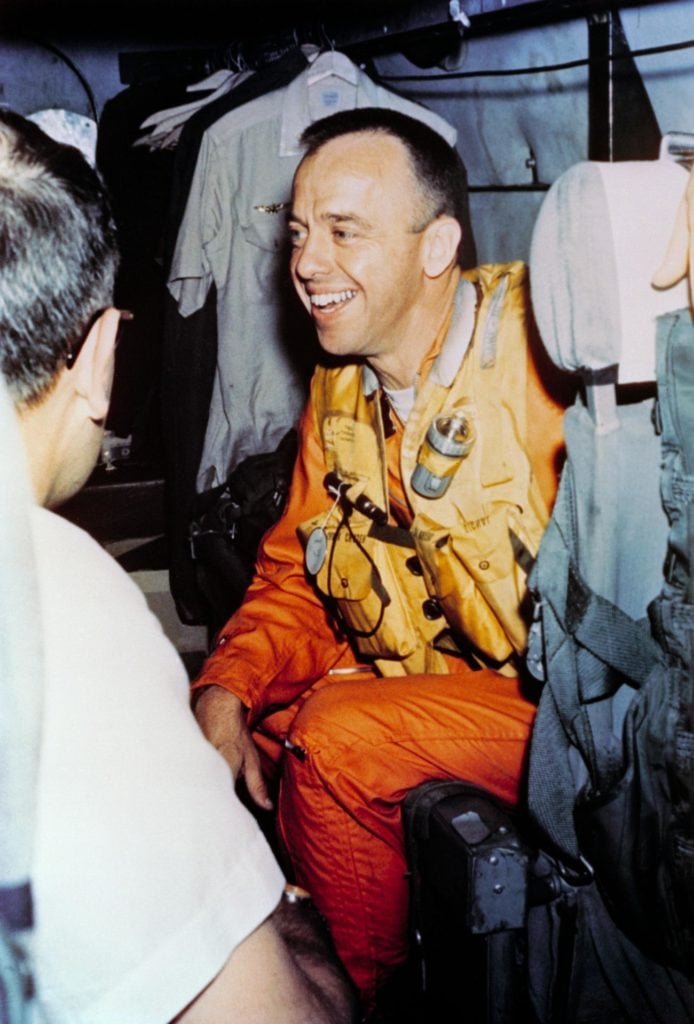
Indeed, just a few weeks after Yuri Gagarin’s historic orbital flight on April 12, 1961, American astronaut Alan Shepard carved his name into the annals of space history. On May 5, 1961, Shepard became the first American to journey into space, embarking on a suborbital flight aboard the Freedom 7 spacecraft.
Shepard’s mission, Mercury-Redstone 3, was a crucial milestone in the United States’ efforts to catch up in the Space Race. While Gagarin’s flight had circled the Earth, Shepard’s mission was suborbital, meaning it didn’t achieve a full orbit but ascended into space and then returned to Earth. Despite the shorter duration and less ambitious trajectory, Shepard’s flight was a significant achievement, showcasing American capabilities in human spaceflight.
His courage and pioneering spirit inspired a nation and set the stage for subsequent Mercury and Gemini missions, ultimately leading to the Apollo program’s successful lunar landings. Shepard’s journey marked the beginning of a new era in American space exploration, culminating in the historic Apollo 11 mission, where humans would finally set foot on the lunar surface in 1969.
John F. Kennedy’s Moon Speech (1961)
On May 25, 1961, President John F. Kennedy delivered a speech in which he set the ambitious goal of sending an American astronaut to the Moon and returning them safely before the decade’s end. This declaration marked the beginning of the Apollo program.
Mercury and Gemini Programs (1960s)
In response to the Soviet Union’s early successes in the Space Race, particularly the launch of Sputnik and Yuri Gagarin’s historic spaceflight, the United States initiated the Mercury and Gemini programs. These programs were pivotal in developing the technology, expertise, and experience required to eventually achieve the ambitious goal of landing American astronauts on the Moon as part of the Apollo program.
The Mercury program ran from 1958 to 1963 and was the first step. It aimed to put the first American into space and orbit the Earth. The program’s success came with the historic flight of Alan Shepard in 1961, followed by the orbital missions of astronauts like John Glenn. Mercury helped NASA gain essential experience in human spaceflight.
Subsequently, the Gemini program (1961-1966) took the US a significant step closer to the Moon. Gemini missions focused on crucial aspects of space exploration, including spacewalking, orbital rendezvous, and long-duration flights. These skills and technologies were vital for the Apollo program’s success, ensuring American astronauts were well-prepared for the complex lunar missions ahead.
In essence, Mercury and Gemini were stepping stones that allowed NASA to gradually build the knowledge, confidence, and capabilities needed to achieve the historic Moon landing of the Apollo program. These programs marked essential phases in the United States’ journey to catch up and surpass the early Soviet successes in the Space Race.
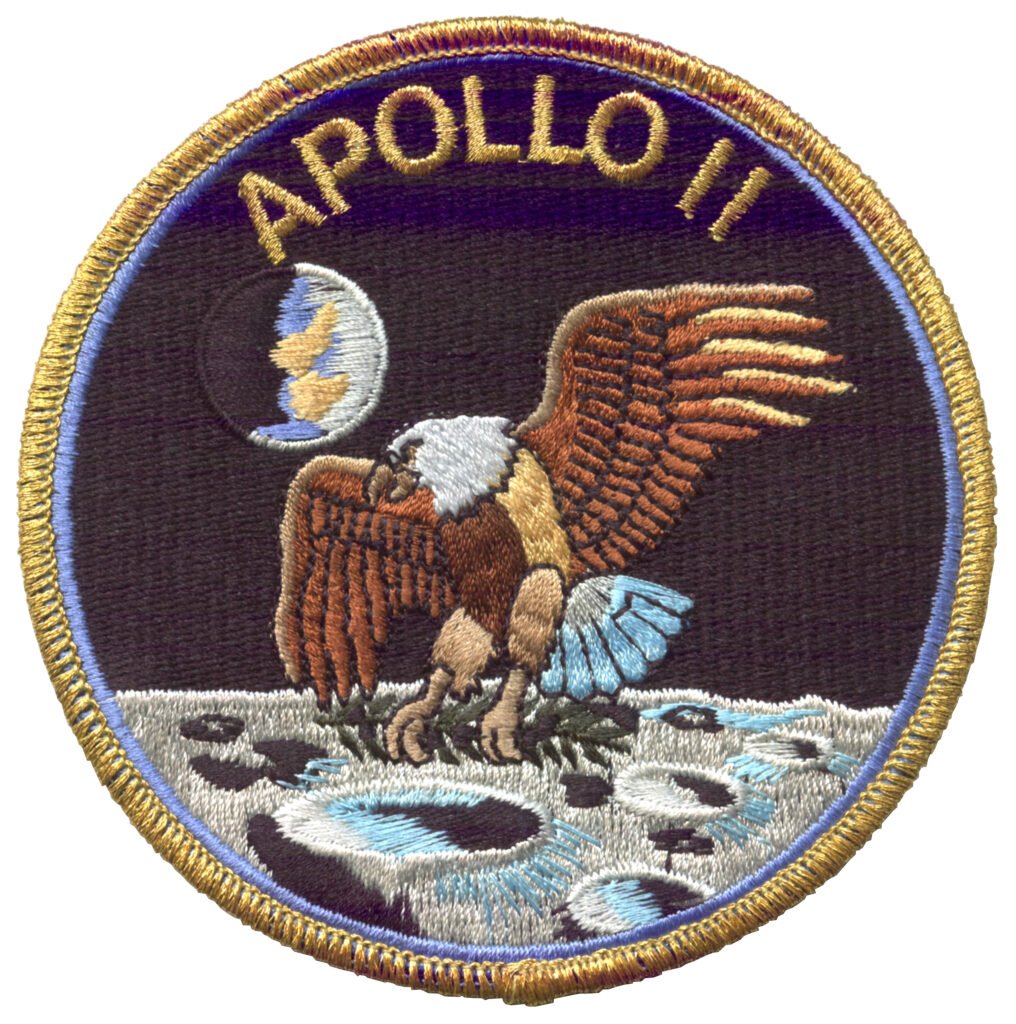
Apollo Program and Moon Landings (1969-1972)
Undoubtedly, the crowning achievement of the Space Race was the historic Apollo program’s triumphant landing of American astronauts on the Moon. The Apollo 11 mission, executed with precision and courage in July 1969, stands as one of the most iconic moments in human history.
As the world watched in awe, astronauts Neil Armstrong and Buzz Aldrin descended to the lunar surface in the Lunar Module, leaving their colleague Michael Collins orbiting above. Neil Armstrong’s words as he set foot on the Moon’s surface — “That’s one small step for man, one giant leap for mankind” — reverberated across the globe, encapsulating the collective human spirit of exploration and achievement.
This monumental event wasn’t just about planting the American flag on lunar soil; it was a testament to human ingenuity, determination, and cooperation. The Apollo program showcased the extraordinary potential of science and technology, proving that even the seemingly impossible could be achieved when nations and individuals united in the pursuit of knowledge and discovery.
The enduring legacy of Apollo extends beyond its scientific and technical achievements. It symbolizes inspiration, reminding us of the boundless possibilities when we reach for the stars, bridging the vast cosmic divide between our home planet and the enigmatic lunar world.
Soviet Achievements
While the United States achieved the historic lunar landing during the Space Race, the Soviet Union had its share of remarkable accomplishments that shouldn’t be overshadowed. One of the most notable achievements was the launch of Valentina Tereshkova into space in 1963, making her the first woman to venture beyond Earth’s atmosphere. This milestone demonstrated the Soviet Union’s commitment to inclusivity in space exploration.
Additionally, the Soviet space program excelled in unmanned missions. They successfully sent robotic missions to the Moon, such as Luna 2, the first human-made object to reach the Moon in 1959, and Luna 3, which provided the first images of the Moon’s far side. Their robotic spacecraft also explored Venus, with missions like Venera, which sent back valuable data and images of the Venusian surface, advancing our understanding of our planetary neighbor.
These accomplishments showcase the Soviet Union’s significant contributions to space science, paving the way for future exploration and expanding our knowledge of the cosmos, even if they didn’t achieve a manned lunar landing like their American counterparts.
The Space Race, a riveting chapter in history, held multifaceted significance that transcended the boundaries of science and exploration. It was a dynamic interplay of politics, military strategy, and technological innovation intricately woven into the Cold War rivalry between the United States and the Soviet Union.
At its core, the Space Race was a means of asserting national prestige and ideological superiority. Each milestone achieved in the race was a scientific triumph and a powerful propaganda tool, showcasing the capabilities of the US and the USSR to the entire world.
Both superpowers committed substantial financial and human resources to their respective space programs, catalyzing rapid advancements in technology, materials science, and engineering. This intense focus on innovation laid the foundation for many of the modern technologies we rely on today.
Ultimately, the Space Race did not culminate in a victory but rather in cooperation. The symbolic Apollo-Soyuz Test Project of 1975 exemplified this shift from rivalry to collaboration, fostering a sense of détente in space exploration mirrored the broader thawing of Cold War tensions. In this way, the Space Race’s legacy is a testament to human achievement and a harbinger of unity in the cosmos.

